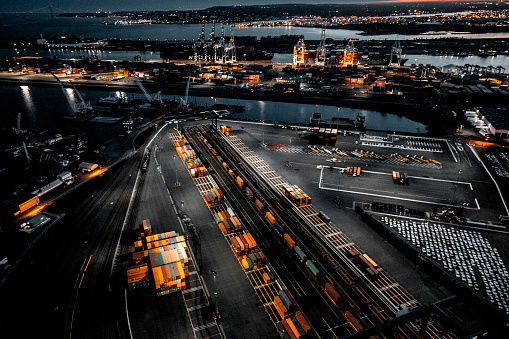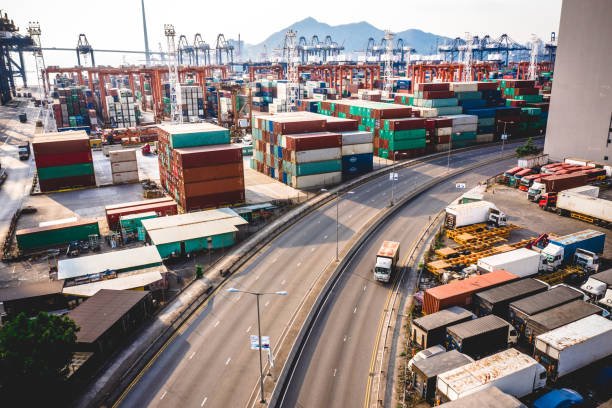
Urban Logistics Innovation is a concept which aims to build a platform for logistics and transportation systems of cities across the world. It is a system through which cities can adapt to the latest methods of transport and communication. These include innovative approaches to reduce traffic congestion, provide better public transport options and reduce the environmental impact of transportation systems. Urban Logistics Innovation can reduce traffic congestion, transport enormous amounts of freight between cities using advanced technology and robotics technologies, and reduce environmental impact through the design and management of urban logistics systems. The key benefits of such approaches include reduced energy consumption due to improved land use management, improved traffic conditions, reduction in energy bills and carbon emissions, reduced traffic jams, improved public transport services and more space for people. View here for more information about the top holiday recipes experts.
The concept behind the concept includes advanced engineering and mathematical model which provide the city with the knowledge of how best to manage their logistics systems. This model also allows the cities to determine the amount of space which they can allocate for different modes of transport within the city. It can also measure the amount of space that is available for other modes of transport and industry sectors. It also identifies the optimal number of people, machines and other items for each mode of transport to ensure maximum productivity and efficiency. Based on this information, the city can then develop new strategies to increase productivity and reduce costs. These strategies include the use of optimal street layouts, the implementation of new infrastructure developments for roads, railways and bridges, the rerouting of routes through safety and cost-saving measures and the creation of new business opportunities.
Urban Logistics Innovation also involves the use of GPS technologies to locate any city's logistical facilities and assets, identify the best routes for transportation, reduce waiting time for cargo, and route driver improvements. This enables the city to improve workforce management by streamlining operations and improving employee engagement. It also improves customer service, customer retention and satisfaction by making the whole process more convenient.
Urban Logistics Strategies can also improve urban logistics delivery time as well as quality of the service provided by the logistics operators. Faster delivery times of goods enable users to make online purchases and other transactions more expedient, thus increasing sales and profits. Other benefits include reducing traffic congestion, lessening the energy consumption of drivers, preventing urban pollution and preventing the shipment of contraband goods. Acquire more details about these charging stations on this homepage.
Automated or fully automated systems can also be deployed to improve logistics operations. This includes the use of fully automatic conveyor systems to ship all types of goods and containers. Luggage tagging systems are also used to identify individual shipments and identify the location of the containers in shipping containers. This technology has helped increase inventory management and safety and reduce the costs of handling goods.
Urban Logistics Innovation can also impact the city's environment in many ways. Improved logistics systems help reduce the consumption of energy, water and space. As more people live in small urban environments, there will be a greater need for efficient public transportation systems. These systems should include both walking and cycling paths. Parking is another environmental issue that can be improved with efficient systems. New developments should have designed parking structures to accommodate increasing numbers of vehicles. Knowledge is power and so you would like to top up what you have learned in this article at https://en.wikipedia.org/wiki/Urban_freight_distribution.


